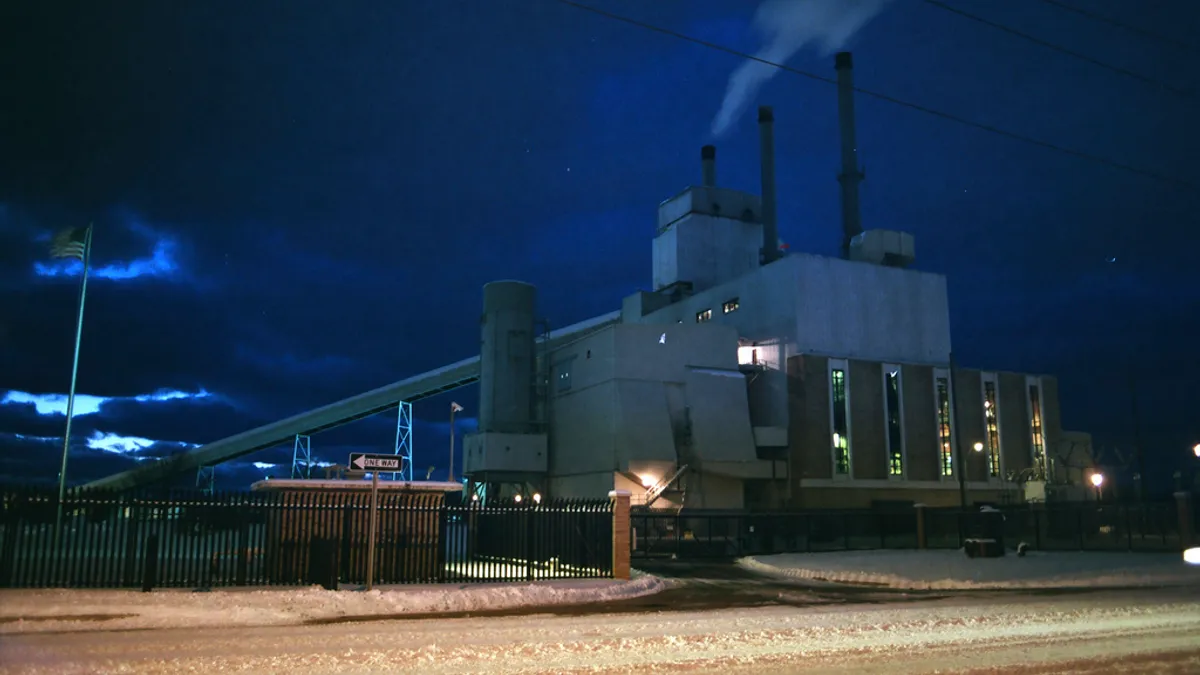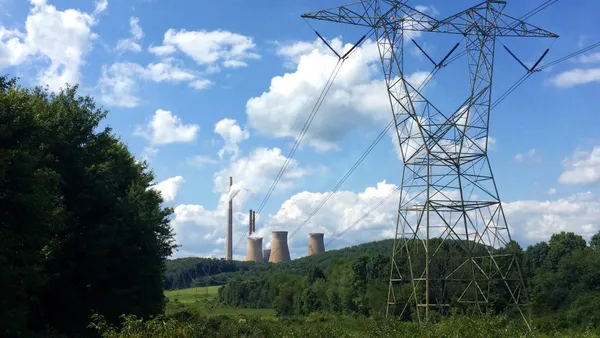Dive Brief:
-
The U.S. Energy Information Administration expects power generation from natural gas to fall and coal-fired generation to rise in the rest of 2017, with numbers nearly identical to past forecasts.
-
The EIA predicts gas will fire about 31% of U.S. generation in 2017, down from 34% in 2016, largely as a result of expected higher natural gas prices.
-
The EIA sees gas-fired generation rising again in 2018 to about 32%, while coal remains at a 31% share of generation. Rising exports and higher demand will raise Henry Hub natural gas prices from an annual average of $3.03/MMBtu in 2017 to $3.19/MMBtu in 2018.
Dive Insight:
Coal interests looking for more good news out of Washington could be cheered by the EIA’s recent numbers. The agency, part of the Department of Energy, reports that coal production in September rose 1% year over year, to 66 million short tons.
For the first nine months of 2017, coal production was 591 million short tons, a 12% increase for the same period in 2016. The EIA sees coal production rising by 8% in 2017 and then leveling off, gaining less than 1% in 2018.
Despite the uptick in coal production and generation, a new report by the Union of Concerned Scientists says that about 25% of U.S. coal plants are headed for retirement or conversion and another 17% of the coal fleet are uneconomic. That report followed Luminant’s announcement of plans to shut its 1,800 MW Monticello coal plant in Texas.
In the face of the continuing economic pressure that is pushing coal plants into retirement, the Trump administration is trying to revive the industry with policies and regulatory changes.
The Department of Energy recently directed the Federal Energy Regulatory Commission to conduct a rulemaking on cost recovery mechanisms for baseload generation sources such as coal and nuclear plants. And the Environmental Protection Agency has begun efforts to rescind the Obama administration's Clean Power Plan that aimed to slash carbon emissions from the power sector.













